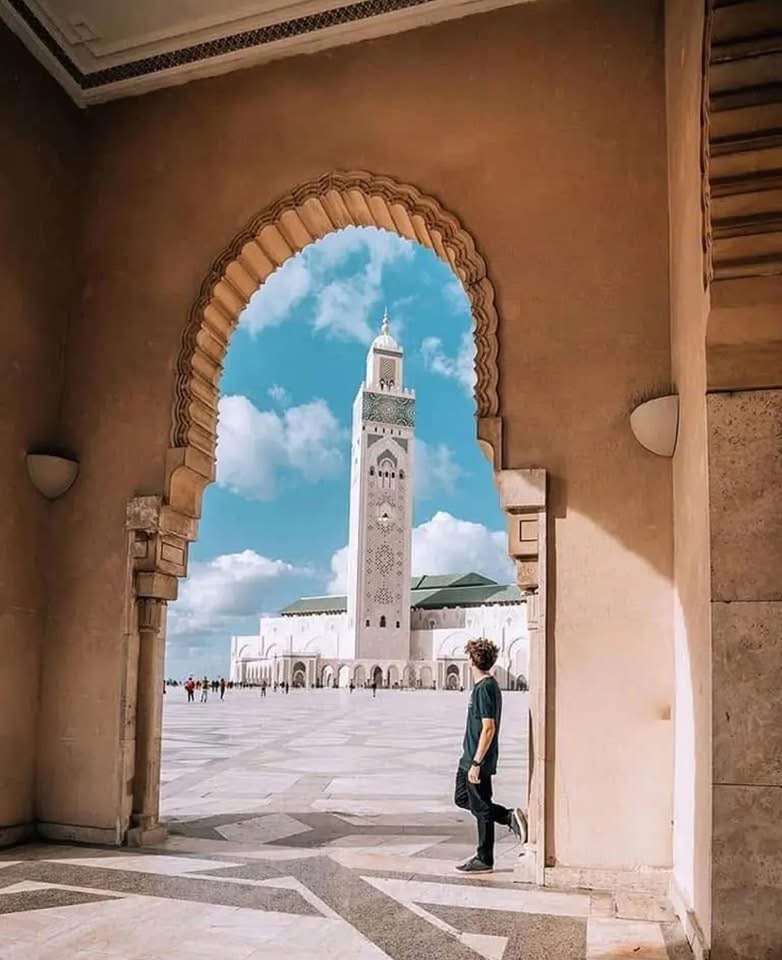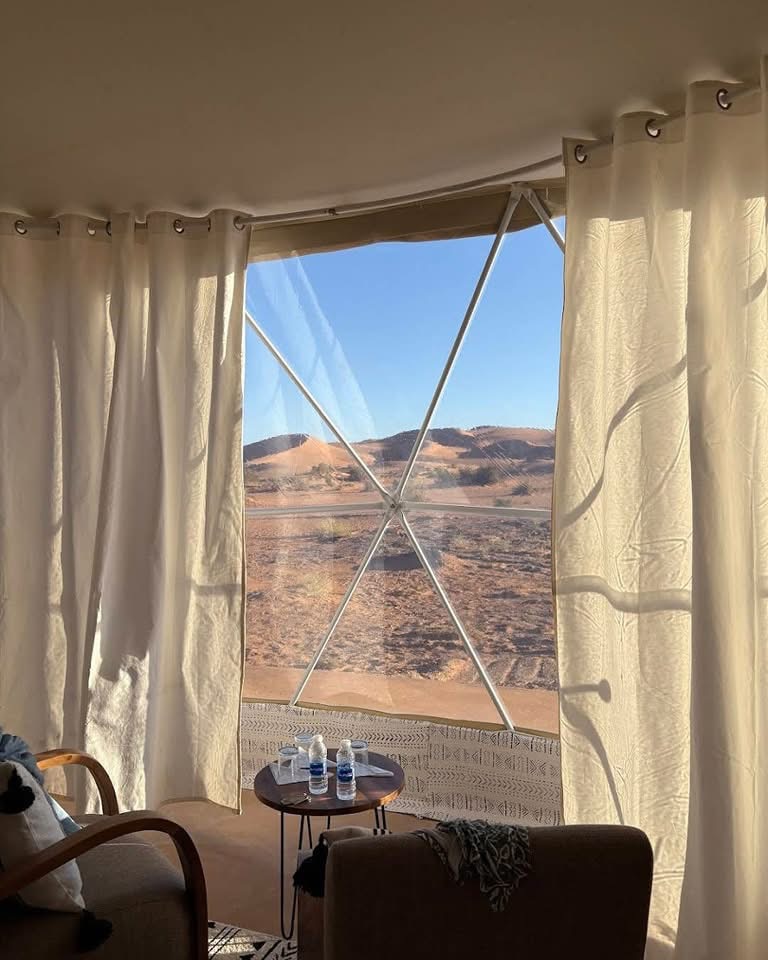How One Afternoon in Sydney Rewrote My Tennis Story (And Yours Could Be Next)
Ever stood at the baseline of a tennis court, feeling that gut-punch certainty that you don’t belong there? I did—for twenty-three embarrassing years. My racquet felt like a foreign object, my footwork like I was wearing concrete shoes.
Then came that random Saturday in Sydney. One clinic. One coach who actually saw me, not just my terrible backhand. One moment where everything clicked.
Community tennis events aren’t just weekend activities—they’re potential life redirections disguised as casual rallies. For recreational tennis players looking to break through frustration, these gatherings offer what YouTube tutorials and solo practice never could.
What happened after those two hours didn’t just improve my game. It transformed my relationship with tennis entirely. And the strangest part? It wasn’t about the technique adjustment that changed everything…
The Pivotal Sydney Rally: A Moment That Changed Everything

A. Setting the scene: An ordinary day at the tennis courts
It was Tuesday afternoon at Moore Park Tennis Center. Nothing special about it. The Sydney sun beat down on clay courts that had seen thousands of players come and go. I’d been playing recreationally for years—good enough to hold my own, not good enough to turn heads.
I was hitting with James, my regular Tuesday partner. Same drills, same friendly banter about weekend plans and work complaints. The rhythm of our rallies had become as predictable as my morning coffee. Forehand cross-court. Backhand down the line. Repeat.
“Want to mix it up?” James called across the net, clearly as bored as I was.
Little did I know those four words would completely rewrite my tennis story.
B. How a tennis rally changed my tennis life and connected two continents
The courts next to us had filled with a group of international players—a tennis camp from Spain on some kind of exhibition tour. Their coach, a stern-looking man with intense eyes, kept glancing over at our lazy rallies.
“You two,” he called out in a thick accent. “You hit okay, but no purpose.”
I froze mid-swing, embarrassed and a little irritated. Who was this guy to judge our casual Tuesday hit?
But something in his assessment stung because it was true. I’d been playing tennis for 15 years without really improving. Just going through motions, comfortable in mediocrity.
That rally connected me to Barcelona, to a training philosophy I’d never encountered, and eventually to a community of players across both continents who became like family.
C. The unexpected challenge that appeared
“Five minutes,” the coach said, walking onto our court uninvited. “I show you something.”
James shrugged at me across the net. Why not?
The coach positioned himself at the baseline and explained a pattern—a sequence of shots designed to create and exploit openings. It seemed simple enough in theory.
“Now you try. Twenty-five shots minimum. No mistakes.”
Twenty-five shots? My longest rally was maybe ten on a good day.
“If you complete, I give you my card. My academy in Barcelona has scholarship. One spot left.”
I nearly laughed. Me? A scholarship? I was thirty-four with a desk job and weekend tennis habits. But something in his certainty made me curious.
D. The rally that defied expectations
First attempt: seven shots, then I netted an easy forehand.
Second attempt: twelve shots before sending a backhand sailing long.
The coach watched silently, arms folded. No encouragement, no tips.
Third attempt. Something clicked. James and I found a rhythm unlike anything we’d experienced before. Each shot had intention. Each movement had purpose.
Fifteen shots. Twenty.
My legs burned. My shirt stuck to my back.
Twenty-three. Twenty-four.
The final shot came hard to my backhand—my weaker side. Time slowed. I stepped in, rotated through the ball rather than slapping at it.
Twenty-five.
We kept going. Thirty-three shots before James finally missed.
The coach smiled for the first time.
E. The immediate aftermath and emotional impact
“This is what tennis feels like,” the coach said, handing me his card. “Not what you were doing before.”
I stood there, lungs burning, legs shaking, holding the small rectangle of card stock that would eventually take me to Barcelona six months later.
But the true impact wasn’t the scholarship offer. It was the revelation that hit me as we walked off the court.
For fifteen years, I’d been playing a shadow version of tennis—going through motions without understanding the soul of the game. In thirty-three shots, this stranger had shown me what was possible.
I called in sick to work the next day and played for six straight hours.
That rally didn’t just change my tennis. It changed how I approached everything. What else was I doing at 70% without realizing full potential was just a mindset shift away?
Transforming a Single Moment into a Tennis Journey

How one rally revealed hidden potential
Ever had that moment when something just clicks? That’s what happened during that Sydney rally.
I was down 4-5, second set, sweating bullets under the Australian sun. My opponent fired a wicked cross-court forehand that should’ve ended the point. But instead of watching it fly by, something took over. I lunged, connected, and sent back a winner that kissed the line.
The crowd erupted. My coach’s jaw dropped. But the real magic? It wasn’t luck. It was potential that had been hiding inside me all along.
That single rally wasn’t just about winning a point. It was my body showing me what was possible when I stopped overthinking and just played the damn game.
Breaking through mental barriers on the court
Tennis isn’t just physical. It’s a head game. And boy, was my head full of garbage before that rally.
“You’re not fast enough.”
“Your backhand is weak.”
“You don’t belong at this level.”
Sound familiar? These thoughts were my constant companions on court. But that rally in Sydney changed everything.
When that ball cleared the net and landed perfectly in the corner, those mental barriers didn’t just crack – they shattered. The voice in my head finally shut up long enough for me to hear the truth: I was better than I thought.
The ripple effect on my overall tennis approach
After Sydney, everything changed. My practice sessions became experiments rather than obligations. I stopped drilling mindlessly and started asking “what if?”
What if I approached the net more?
What if I varied my serve placement?
What if I actually enjoyed the pressure moments?
My coach noticed it immediately. “You’re playing like someone who believes they can win,” he said three weeks later. He was right. That single rally created a ripple effect that transformed my entire relationship with tennis.
From casual player to passionate enthusiast
Before the Sydney rally, tennis was something I did. After, it became something I lived.
I started watching matches differently – not just admiring the pros but studying them. I devoured books on strategy and mental toughness. I rearranged my life to make more time for court sessions.
My friends noticed the shift too. “You used to talk about tennis,” my roommate said. “Now you talk about YOUR tennis.” The distinction matters. I wasn’t just participating anymore – I was crafting my own tennis story.
Building confidence through memorable experiences
That rally became my anchor – the memory I return to whenever doubt creeps in.
The thing about confidence is it needs evidence. Before Sydney, I had theories about my potential. After, I had proof.
I’ve started collecting these moments like precious souvenirs. The first time I held serve against a nationally-ranked player. The comeback from 0-4 down. The perfect lob that had even my opponent applauding.
These aren’t just nice memories. They’re the building blocks of a tennis identity that no longer questions if I belong on the court. And it all started with one ordinary afternoon in Sydney that turned out to be anything but ordinary.
Lessons from the Court That Extend Beyond Tennis

A. Embracing unexpected challenges
Tennis isn’t just about hitting a yellow ball across a net. It’s about what happens when that ball comes at you faster than expected, with a weird spin you’ve never seen before.
Remember that time when your opponent suddenly changed their strategy mid-match? You had two choices: panic or adapt. The court teaches us this brutal truth – life rarely throws exactly what we’re expecting.
I wasn’t prepared for that backhand slice barrage from my opponent in Sydney. My forehand had been dominating until that point. But those low, skidding balls? They exposed a weakness I didn’t know I had.
That’s the beauty of it. The court strips away your pretenses. It forces you to problem-solve in real-time with sweat dripping down your face and your lungs burning.
B. The power of perseverance in a single rally
That 27-shot rally in the third set? It wasn’t just about who hit the final winner.
It was about who refused to give up at shot 15 when their legs felt like lead.
It was about who adjusted their footwork at shot 19 when they were pulled wide.
It was about who stayed mentally present at shot 23 when the crowd started making noise.
One rally can teach you more about yourself than a hundred easy points. You discover reserves of strength you didn’t know existed. You find that second wind when you thought your lungs had nothing left to give.
C. Finding your breakthrough moment
Breakthroughs rarely announce themselves in advance. Mine came on that sunny Sydney afternoon when I finally stopped overthinking my backhand.
For years, I’d been paralyzed by technical thoughts. Keep the racket head up. Follow through. Turn those shoulders.
Then suddenly – freedom. My body knew what to do. My mind stepped aside. The shot that had betrayed me for years suddenly flowed like water.
Your breakthrough might look completely different. Maybe it’s finding the courage to enter your first tournament. Maybe it’s finally beating that one opponent who’s had your number. Or maybe it’s simply feeling at home on the court after years of feeling like an impostor.
The secret? Those breakthroughs were always within reach. The tennis court just provides the perfect laboratory to discover them.
Creating Your Own Tennis Story

A. Recognizing potential turning points
Tennis isn’t just about what happens between the lines. It’s about moments that can change everything.
Remember that time you hit a backhand so clean it felt like you were born to play? Or when a coach pointed out one tiny adjustment that suddenly made your serve click?
Those are turning points.
The trick is spotting them while they’re happening. Most players walk right past life-changing moments without even noticing.
Pay attention to:
-
When something feels surprisingly easy
-
Advice that immediately makes sense
-
Matches where you’re “in the zone”
-
Practice sessions where time flies
These aren’t just good days. They’re signposts pointing toward your tennis future.
B. Setting yourself up for transformative experiences
Transformation doesn’t just happen. You have to create the conditions.
First, get uncomfortable. Book that lesson with the pro who intimidates you. Enter the tournament you’re “not ready for.” Hit with players better than you.
Second, commit fully. Half-measures never changed anyone’s game. Go all in on that grip change, that new footwork pattern, that mental approach.
Third, document everything. Keep a tennis journal. Record your matches. The patterns will reveal themselves, and you’ll spot your breakthrough moments coming.
Here’s what one player told me: “I spent years waiting for my game to magically improve. Then I realized I needed to put myself in situations where improvement was the only option.”
C. Being open to game-changing moments
Most players miss their breakthrough moments because they’re looking for something big and dramatic.
Reality check: game-changing moments often feel small at first.
That random tip from a hitting partner. The YouTube video you almost skipped. The tournament loss that revealed a weakness you’d been ignoring.
The secret? Stop dismissing the small stuff.
When something feels slightly different—a racquet grip, a pre-match routine, a way of thinking about your backhand—pause and give it attention.
And when you feel resistance to something new? That’s often where the gold is.
The players who transform their games aren’t necessarily the most talented. They’re the ones who recognize opportunity knocking even when it’s a quiet tap, not a loud bang.
D. Why every player has undiscovered potential
You’re better than you think. Seriously.
Tennis players are notorious for underestimating what they’re capable of. They see pros on TV and think “I could never do that.”
But that rally in Sydney that changed my life? It wasn’t spectacular to anyone watching. To them, it was just another point. To me, it was the moment I realized what was possible.
Your body knows how to play amazing tennis. The proof is in those perfect shots you hit “by accident.”
What if they weren’t accidents at all? What if they were glimpses of your true potential?
The gap between your average play and your best play isn’t about ability. It’s about access. Learning to access your best tennis more consistently is the real game.
Start believing that your ceiling is higher than you think. Because it is. Every player I’ve ever coached had abilities they didn’t know about until something—or someone—helped them see it.
Taking Your First Steps Toward a Tennis Transformation

A. Local courts and communities that welcome new players
Tennis isn’t just played at fancy clubs with dress codes and membership fees. The sport has amazing community hubs hiding in plain sight. Your local park probably has public courts where pickup games happen regularly. Most cities maintain courts that cost nothing or next to nothing to use.
When I first picked up a racket again after years away, I discovered a Saturday morning group at my neighborhood courts – just regular folks hitting balls and laughing. No judgment, no pressure. They welcomed me with extra rackets and patient rallies.
Community centers, YMCAs, and parks departments often host beginner clinics that cost a fraction of private lessons. These places aren’t looking for the next Serena Williams – they just want you to discover the joy of the game.
B. Finding the right mentors and playing partners
Your tennis journey needs two types of people: someone slightly better than you and someone at your exact level.
The slightly-better player stretches your abilities. They’ll return shots you thought were winners and show you what’s possible. But here’s the secret – don’t hunt for pros. Look for the patient club player who remembers what it was like to be new.
Your equal-level partner is your confidence builder. You’ll trade evenly matched points, celebrate improvements together, and most importantly, keep showing up because someone’s counting on you.
Local clubs often have “player matching” programs. Tennis apps like PlayYourCourt or Tennis Round connect players in your area. Or just be brave – walk up to someone hitting solo against a wall and ask if they’d like a partner.
C. Tournaments and events that could become your Sydney moment
Your breakthrough doesn’t need to happen at a fancy tournament. Local round-robins, charity events, and club mixers create the perfect low-pressure environment for magic to happen.
Many facilities host “tennis ladders” where players of similar skills compete in friendly matches throughout a season. The flexible scheduling and casual atmosphere take the intimidation factor way down.
USTA leagues (or your country’s equivalent) offer team formats where you’re playing not just for yourself but with supportive teammates cheering you on. That extra boost can elevate your game in surprising ways.
Don’t overlook specialty events either:
-
Cardio tennis (focused on movement and fun)
-
Parent-child tournaments
-
Themed social mixers
-
Charity fundraisers
These events create the perfect conditions for your own Sydney moment – when suddenly the ball feels bigger, your racket an extension of your arm, and everything clicks.
D. Training approaches that lead to breakthrough rallies
Forget grinding through monotonous drills for hours. The path to your breakthrough rally is paved with purposeful, enjoyable practice.
Focus on rally-based training rather than isolated strokes. Players who spend most of their practice actually rallying develop better timing and instincts. Start each session with the simple goal: “Today, I’ll hit 10 consecutive shots with my partner.”
Record yourself occasionally. Seeing your own movements reveals patterns invisible from your perspective. Those “aha!” moments of self-correction often trigger dramatic improvements.
Mix up your practice environments. Hit against different opponents, on various court surfaces, in changing weather conditions. This builds adaptability – the secret weapon of consistent players.
Most importantly, play points that matter to you, even as a beginner. Mini-games like “king of the court” or serving for imaginary match points create pressure that forges mental toughness. Your breakthrough will likely come not during practice but in a moment when something is actually at stake.

The beautiful unpredictability of tennis lies in those singular moments that can completely redefine our relationship with the sport. That afternoon rally in Sydney wasn’t just about winning points—it became the foundation for a lifelong passion that transformed how I approach both tennis and life itself. Through persistence, technique refinement, and embracing the mental challenges of the game, what started as a single impressive exchange evolved into a journey filled with growth opportunities both on and off the court.
Your tennis story is waiting to be written, and it begins with simply stepping onto the court. Whether you’re picking up a racquet for the first time or returning after years away, remember that every great tennis journey starts with one meaningful rally. The lessons of patience, resilience, and continuous improvement you’ll discover along the way extend far beyond the baseline. Take that first step today—join a class, find a hitting partner, or simply bounce a ball against a wall—and begin creating the tennis story that might just become your lifelong passport to joy, health, and community.










